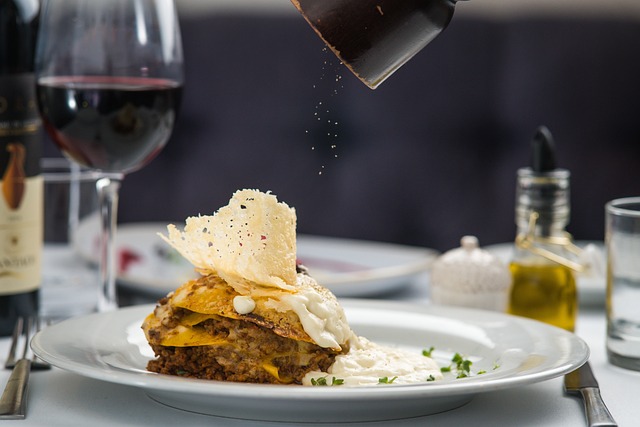
Lets face it, running a successful restaurant takes more than just culinary skills and a passion for hospitality. It requires a solid understanding of your finances and the ability to make informed decisions based on key financial data.
Not knowing these financial terms in today’s environment with rising costs associated with food, labor, rent & utilities is a recipe for disaster.
To help you navigate the world of restaurant finance, here are ten essential terms you should know, along with examples and explanations:
1. Cost of Goods Sold (COGS): This refers to the direct costs of producing the food and beverages you sell. It includes ingredients, packaging, and any other costs directly tied to creating your menu items.
- Example: If you spend $2,000 on ingredients and $500 on beverage supplies in a month, your COGS for that month would be $2,500.
2. Prime Cost: This is the sum of your COGS and labor costs. It’s a crucial metric for assessing your restaurant’s overall efficiency and profitability.
- Example: If your COGS is $2,500 and your labor costs are $3,000, your prime cost would be $5,500.
3. Food Cost Percentage: This measures the ratio of your COGS to your food sales. It helps you understand how much of your revenue is being spent on ingredients.
- Example: If your food sales are $10,000 and your COGS is $2,500, your food cost percentage would be 25% ($2,500 / $10,000).
4. Labor Cost Percentage: Similar to food cost percentage, this measures the ratio of your labor costs to your total sales. It shows how much of your revenue is going towards paying your staff.
- Example: If your total sales are $12,000 and your labor costs are $3,000, your labor cost percentage would be 25% ($3,000 / $12,000).
5. Table Turnover: This refers to the number of times a table is occupied and cleared during a specific period. Higher table turnover generally means more revenue.
- Example: If you have 20 tables and serve 80 parties in a night, your table turnover rate would be 4 (80 parties / 20 tables).
6. Gross Profit: This is your revenue minus your COGS. It represents the profit you make before deducting operating expenses like rent, utilities, and marketing.
- Example: If your total revenue is $12,000 and your COGS is $2,500, your gross profit would be $9,500.
7. Net Profit: This is your bottom line – the profit remaining after deducting all expenses, including COGS, labor, rent, utilities, and taxes.
- Example: If your gross profit is $9,500 and your total expenses are $6,000, your net profit would be $3,500.
8. Cash Flow: This refers to the movement of cash in and out of your business. Positive cash flow means you have more money coming in than going out.
- Example: If you receive $10,000 in payments from customers and pay $7,000 in expenses, your cash flow would be positive $3,000.
9. Break-Even Point: This is the point where your total revenue equals your total costs. It’s the minimum sales level you need to cover all your expenses.
- Example: If your fixed costs are $5,000 and your variable costs are 60% of sales, your break-even point would be $12,500 in sales.
10. Inventory Turnover: This measures how quickly you sell and replenish your inventory. Higher turnover generally means less spoilage and better cash flow.
- Example: If your average inventory value is $1,000 and your COGS is $10,000, your inventory turnover rate would be 10 ($10,000 / $1,000).
Mastering these financial terms will empower you to:
- Track your restaurant’s performance: Understand your profitability, identify areas for improvement, and make informed decisions about pricing, menu planning, and staffing.
- Manage your cash flow: Ensure you have enough cash on hand to cover expenses and invest in your business’s growth.
- Secure funding: Present a clear and compelling financial picture to potential lenders or investors.
Need help navigating your restaurant’s finances?
Cooked Books specializes in providing expert bookkeeping services for restaurants using QuickBooks Online. We can help you track your COGS, manage your inventory, understand your prime cost, and much more. Contact us today for a free consultation and let us help you achieve your culinary and financial goals!